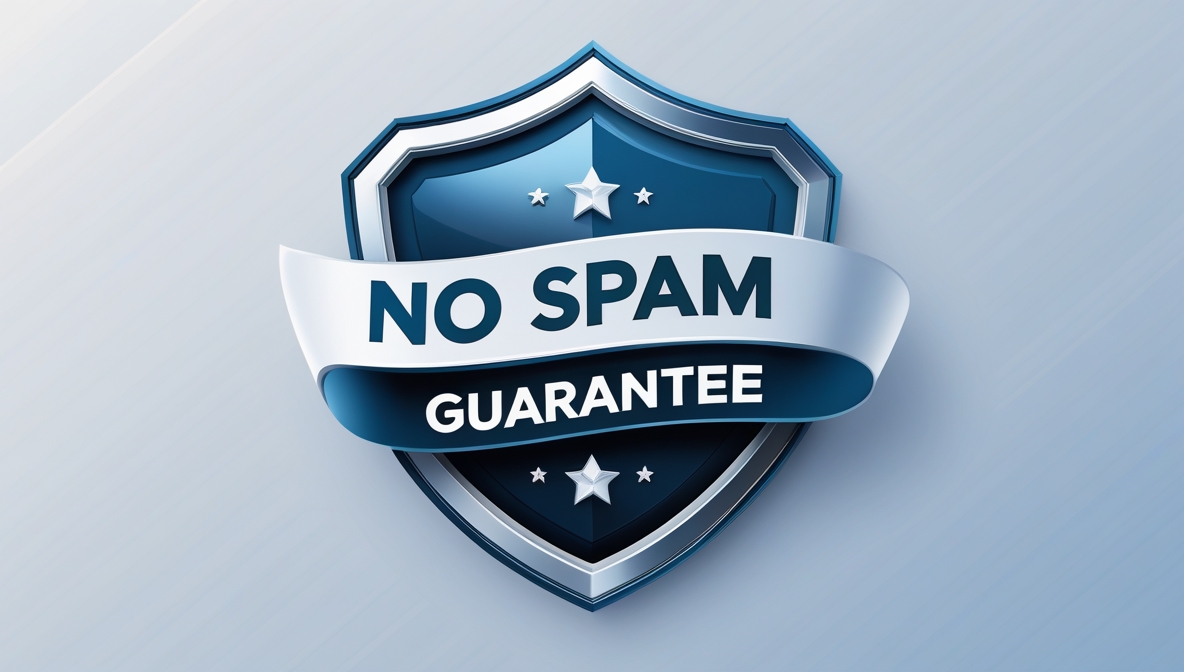What Is This Framework?
This example presents a complete, real-world Cloud Operating Model framework developed through a top-tier provider's prescriptive Guidance. It shows, in practice, how to design, mature, and govern an enterprise-ready cloud environment that balances agility, stability, and cost efficiency.
At its core, a Cloud Operating Model (COM) defines how an IT organization operates in the cloud — the structures, capabilities, and disciplines that turn cloud technology into a sustainable business enabler. This example provides a reference architecture built from the experiences of thousands of organizations worldwide.
Rather than prescribing a one-size-fits-all design, it demonstrates what “good” looks like and how CIOs can adapt it to their own context. It’s a learning artifact — a way to benchmark your organization’s maturity, identify capability gaps, and establish a roadmap for building operational excellence in the cloud.
Why You Should Trust It
This framework reflects global field experience, not theory. It was developed by consultants who worked directly with large-scale enterprise transformations across industries and regions. Its structure — 73 capabilities across 17 domains and 5 perspectives — emerged from analyzing what actually makes cloud adoption successful.
- Evidence-based foundation: Derived from prescriptive guidance and validated by thousands of enterprise migrations and modernization programs.
- Cross-industry relevance: Designed around universal capabilities (people, process, technology) rather than sector-specific contexts.
- Maturity-tested approach: Incorporates real examples of how organizations evolved from initial cloud pilots to optimized hybrid operating environments.
- Globally applicable lessons: Informed by transformation journeys across North America, Europe, Asia-Pacific, and the public and private sectors alike.
This isn’t an academic framework. It’s a codified operating model built from lived experience — trusted by organizations that have already walked the path from cloud experimentation to sustainable execution.
Why This Framework Matters
Every CIO faces the same tension: how to modernize at speed without losing control.
Cloud adoption promises agility, scalability, and cost efficiency — but without an operating model, it can lead to fragmentation, shadow IT, and governance drift. The problem isn’t the cloud itself; it’s the lack of structure around how the organization builds, runs, and evolves it.
This framework matters because it:
- Connects strategy to structure. It helps CIOs translate high-level transformation goals into the specific people, process, and technology capabilities required to deliver them.
- Bridges cloud and on-premises realities. Most enterprises will remain hybrid for years; this model helps manage that coexistence effectively.
- Replaces chaos with cadence. It introduces mechanisms for continuous improvement — so cloud maturity isn’t a project but an evolving discipline.
- Turns adoption into advantage. It helps you move beyond “avoiding risk” to “creating differentiation” through cloud-first operations.
Ultimately, this framework answers the central CIO question:
“How can we structure our organization so the cloud delivers business value — safely, measurably, and at scale?”
What Makes It Different
Many cloud adoption guides stop at migration checklists or architectural blueprints. This framework goes further — it describes the operating model that makes cloud sustainable.
- Comprehensive capability view: Covers 73 capabilities across leadership, operations, enablement, service management, and governance — a complete map of what modern IT must master.
- Lifecycle maturity model: Aligns to clear stages — Envision → Align → Launch → Scale → Optimize — helping CIOs chart their journey rather than chase quick wins.
- Topological insight: Introduces three proven organizational structures (centralized, decentralized, federated) with guidance on when and how to evolve between them.
- Mechanisms for change: Draws on Amazon’s internal methods — using mechanisms, feedback loops, and metrics — to ensure transformation actually takes root.
- Balanced scorecard for measurement: Offers a transformation dashboard model to measure agility, innovation, efficiency, and risk reduction in equal weight.
This is what makes it practical: it connects architecture to organization, and organization to measurable outcomes.
How to Use This Framework
CIOs and IT leaders can use this framework as both a reference model and a planning instrument. It’s not about copying a proven design but about understanding how to structure your own journey using the same principles.
1. Study and Adapt the Model.
Begin by reviewing the five perspectives and 17 domains to see how your current operating model aligns. Identify where your organization already has maturity and where capability gaps remain.
2. Develop a Vision Document.
Use the Vision section to define your mission, tenets, drivers, and desired outcomes — linking them directly to business goals. This creates shared clarity and direction for your cloud program.
3. Create a Maturity Roadmap.
Plot your organization’s current state across the framework’s capabilities. Define the roadmap that connects today’s practices to tomorrow’s maturity — iterating over time.
4. Choose the Right Topology.
Use the examples of centralized, decentralized, and federated structures to design your organization’s delivery model. Adapt team boundaries and responsibilities to your scale and readiness.
5. Establish Mechanisms and Metrics.
Adopt “mechanisms” (feedback loops, dashboards, scorecards) to drive continuous improvement. Track progress using balanced KPIs that connect cloud performance to business outcomes.
6. Incrementally Mature.
Build maturity step by step — applying lessons, adjusting structures, and reinforcing successful practices through leadership cadence and governance routines.
The framework is modular, progressive, and measurable — making it equally useful for organizations just starting their cloud journey and those optimizing mature environments.
What It Helps You Deliver
This example gives you both the reference model and the method to create a defensible, documented Cloud Operating Model — complete with:
- Cloud Vision and Charter: A clear, business-linked mission and set of tenets that define how your organization will operate in the cloud.
- Maturity Roadmap: A staged plan connecting current capabilities to target states.
- Organizational Topology Blueprint: The structure and roles required to deliver and operate at scale.
- Change Mechanisms: Feedback systems, scorecards, and governance forums that sustain improvement.
- Transformation Dashboard: A balanced set of metrics covering agility, innovation, efficiency, and risk reduction.
Each deliverable becomes a living component of your operating model — something you can present, defend, and continuously evolve.
What You Can Do With It
By applying this framework, CIOs and IT leaders can:
- Build organizational clarity — defining how cloud services, roles, and responsibilities fit together.
- Accelerate modernization without overwhelming existing teams or processes.
- Align business and technology — making cloud strategy part of enterprise performance, not a side initiative.
- Govern effectively at scale — balancing autonomy and compliance through structured operating principles.
- Measure transformation — using KPIs and dashboards that connect cloud investment to business results.
- Sustain maturity — embedding continuous improvement through mechanisms and leadership rhythm.
The result is a self-reinforcing system of governance, growth, and adaptability — turning cloud from a technology project into an enduring operational advantage.
Our Practicality Check
This document was evaluated using the 6-D Practical CIO Actions Framework to measure its real-world usability and value.
| Action Mode | Description | Rating |
|---|---|---|
| Demystify (★★★★★) | Simplifies the complexity of cloud operations into a structured, comprehensible model anyone can follow. | ★★★★★ |
| Diagnose (★★★★★) | Offers a maturity model and roadmap approach for assessing your current cloud capability baseline. | ★★★★★ |
| Decide (★★★★☆) | Guides prioritization through clear stages and capability mapping — ideal for decision sequencing. | ★★★★☆ |
| Deliver (★★★★★) | Provides templates for tangible deliverables — vision documents, roadmaps, dashboards, and scorecards. | ★★★★★ |
| Develop (★★★★★) | Encourages continuous improvement through iterative maturity and measurement. | ★★★★★ |
| Drive (★★★★★) | Aligns leadership, organization, and teams through federated governance models and mechanisms. | ★★★★★ |
Overall Practicality Score: ★★★★★ (5/5)
This framework balances strategic insight with operational precision — an essential playbook for any CIO modernizing their operating model.
What You’ll Be Able to Create
This example gives you both the method and the model to build a well-structured Cloud Operating Model tailored to your organization — complete with:
- Operating Model Blueprint: A visual and narrative structure describing how your teams, processes, and cloud capabilities interact.
- Transformation Maturity Map: A capability-based assessment identifying progress across the five phases of a cloud adoption framework.
- Governance Mechanism Design: Meeting rhythms, scorecards, and review cycles that embed accountability and measurement.
- Leadership Charter: A concise, defensible statement linking cloud operating principles to enterprise strategy.
- Performance Dashboard: Balanced metrics connecting agility, innovation, efficiency, and risk into a single transformation view.
Each of these deliverables is doable, defensible, and repeatable — the hallmarks of practical CIO work.
What You Can Do Next
By adopting this practical framework, you can:
- Build a living operating model that evolves as your business and technology evolve.
- Replace cloud confusion with structure, metrics, and accountability.
- Empower teams to operate autonomously while staying aligned through shared governance.
- Translate cloud maturity into visible business impact — faster delivery, lower risk, better value.
- Anchor your transformation in an evidence-based model used by organizations worldwide.
Cloud operating models aren’t static. This framework ensures yours isn’t either — it becomes a system for ongoing leadership, measurement, and improvement.
Use this proven, field-tested framework to bring structure, clarity, and maturity to your cloud transformation — aligning people, process, and technology for sustainable success. MUST Read!


